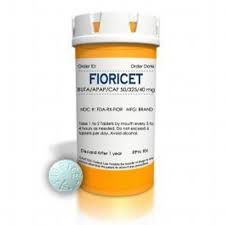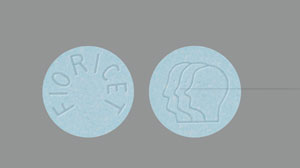Treatment of Fioricet Overdose: Step-by-Step Guide
Fioricet overdose is a medical emergency because it involves a combination of three potentially dangerous substances:
- Butalbital (a barbiturate – causes sedation, respiratory depression, coma)
- Acetaminophen (risk of liver failure in overdose)
- Caffeine (may cause agitation, arrhythmias at high doses)
⚠️ Emergency Signs of Fioricet Overdose
Call emergency services or go to the ER immediately if any of these symptoms appear:
- Confusion or stupor
- Slow or shallow breathing
- Bluish lips or fingertips (cyanosis)
- Cold, clammy skin
- Vomiting, nausea
- Liver pain (upper right abdomen)
- Seizures
- Loss of consciousness or coma
🩺 Treatment Approach in the Hospital
1. Stabilization (ABC – Airway, Breathing, Circulation)
- Secure airway: May require intubation if breathing is impaired.
- Oxygen therapy to support breathing.
- IV fluids to maintain blood pressure and hydration.
2. Decontamination (if within 1–2 hours of ingestion)
- Activated charcoal: Can bind the drug in the stomach and reduce absorption (used only if patient is alert or airway is protected).
- Gastric lavage: Rare, only in life-threatening cases and within 1 hour of ingestion.
3. Antidote for Acetaminophen Toxicity
- N-acetylcysteine (NAC): Most effective when given within 8 hours of overdose.
- Administered orally or IV.
- Prevents liver damage by restoring glutathione.
4. Monitoring and Supportive Care
- Liver function tests (LFTs) and acetaminophen blood levels.
- Blood tests to check for acid-base imbalance, kidney function, and electrolyte levels.
- Continuous cardiac monitoring (especially for caffeine-related effects).
- Observation: Patients may need to be monitored for 24–72 hours depending on severity.
5. Barbiturate Toxicity Management (Butalbital)
- No specific antidote.
- Supportive care is key:
- Mechanical ventilation for respiratory depression
- Hemodialysis may be used in severe poisoning to speed drug removal
🔁 After Emergency Treatment: Long-Term Care
- Psychiatric evaluation if overdose was intentional
- Addiction treatment referral if misuse is identified
- Medication review to switch to safer alternatives
- Patient education on overdose risks and safe medication practices
🧠 Important Notes
- Never attempt to treat Fioricet overdose at home.
- Even a moderate overdose can be fatal, especially due to acetaminophen’s delayed liver toxicity.
- Early intervention saves lives – the sooner treatment is started, the better the outcome.
Fioricet overdose by anyone and/or any consumption by persons to whom it is not prescribed (particularly children) is always a medical emergency and medical attention must be sought immediately if an overdose or consumption by other persons is suspected.
Fioricet overdose is often fatal and symptoms may not present for hours following consumption, once initial overdose symptoms present they can progress rapidly and there may not be time to reach appropriate medical care after this point.
Acetaminophen over-exerts its toxicity through the production of a toxic metabolite which produces liver damage in doses of 3,000mg or more per day and acute liver failure in doses above that. The specific antidote to acetaminophen overdose is N-acetyl-cysteine. Kidney failure and stomach bleeding may also occur.
Butalbital overdoses exerts its toxicity through excessive sedation resulting in respiratory depression and ultimately death via hypoxia. Nonlethal overdoses may also result in coma and death. There is no specific antidote to butalbital overdose and treatment is supportive, common treatment regimens generally include the administration of intravenous administration of saline, naloxone, thiamine, glucose, NaHCO3 to alkalize the urine to increase rate of excretion, and activated charcoal via nasogastric tube. It is not uncommon for doctor to recommend observation of the patient in the Emergency Department for a number of hours or admission to the hospital for several days of observation if symptoms are severe and to counsel the patient on drug abuse and/or refer them for psychiatric evaluation.
